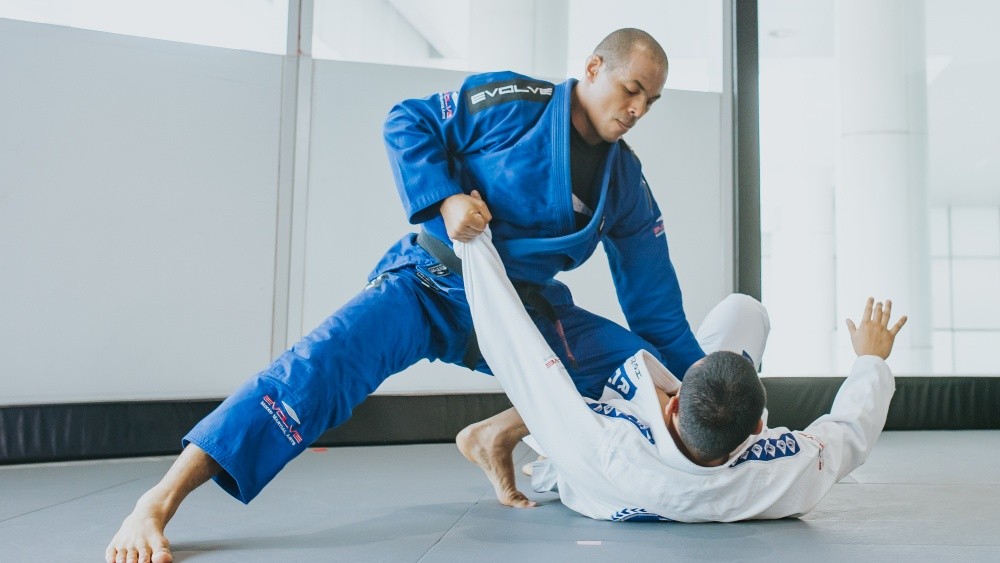Brazilian Jiu-Jitsu (BJJ) is a popular martial art focused on grappling and ground fighting. If you’re asking yourself, “Where Can I Learn Brazilian Jiu Jitsu?”, this guide provides a comprehensive overview of BJJ fundamentals and helps you find the right training for you.
Understanding BJJ Fundamentals
Before you start searching for a BJJ gym, understanding the core principles of this martial art is essential.
Positional Hierarchy
BJJ emphasizes positional dominance. Controlling your opponent on the ground is key to securing submissions. Key positions include:
- Back Mount: The most dominant position, allowing for various chokeholds.
- Mount: Sitting atop your opponent’s chest, restricting movement and enabling strikes (in MMA).
- Knee on Belly: Exerting pressure with your knee on your opponent’s abdomen for control and submission setups.
- Side Control: Lying perpendicular to your opponent, controlling their upper body and limiting escape options.
- Turtle: A defensive position, protecting yourself while seeking opportunities to regain guard or stand up.
Guard and Guard Passing
The guard is a foundational element in BJJ. It involves controlling your opponent from your back using your legs and grips. Different guard variations exist, including:
- Closed Guard: Wrapping your legs around your opponent’s waist, maintaining close proximity and control.
- Open Guard: Using your legs to control distance and create opportunities for sweeps and submissions, with legs not fully wrapped around opponent.
- Half Guard: A transitional position between closed and open guard, utilizing one leg to control and create space.
Guard passing is the art of overcoming your opponent’s guard and achieving a dominant top position.
Essential BJJ Techniques
Submissions
Submissions are techniques aimed at forcing your opponent to tap out, signifying defeat. Common submissions include:
- Joint Locks: Techniques like armbars, kimuras, and Americanas that hyperextend joints.
- Chokes: Techniques that restrict blood flow to the brain, leading to unconsciousness if not released. Examples include the rear-naked choke, guillotine, triangle choke, and arm triangle.
Other Key Techniques
Beyond submissions, essential BJJ techniques include:
- Sweeps: Reversing positions from bottom to top, gaining a dominant position.
- Escapes: Techniques used to free yourself from unfavorable positions.
- Takedowns: Bringing your opponent to the ground from a standing position.
Finding the Right BJJ Gym
Now that you understand the basics, where can you learn Brazilian Jiu-Jitsu effectively? Consider these factors when choosing a gym:
- Qualified Instructors: Look for experienced instructors with verifiable credentials and a strong teaching methodology.
- Class Structure and Levels: Ensure the gym offers classes suitable for your experience level, from beginner to advanced.
- Training Environment: A positive, respectful, and clean training environment is crucial for learning and growth. Observe a class to assess the atmosphere.
- Class Schedule and Location: Choose a gym with a convenient location and class times that fit your schedule.
- Trial Classes: Most reputable gyms offer trial classes, allowing you to experience the training firsthand before committing.
Conclusion
“Where can I learn Brazilian Jiu-Jitsu?” is a question with many answers. By understanding the fundamental principles and techniques outlined in this guide, and carefully considering the factors for choosing a gym, you can embark on your BJJ journey with confidence. Remember to prioritize qualified instruction, a positive training environment, and a schedule that works for you.

